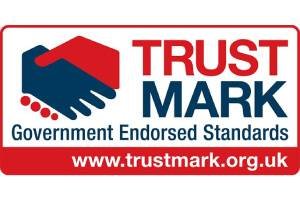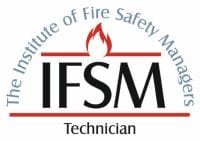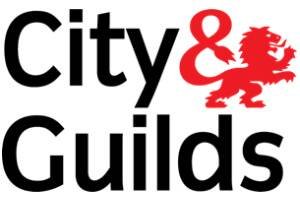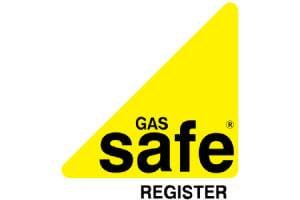
The topic of fire risk assessment is essential for ensuring safety in various environments. It involves a systematic approach to identifying hazards and evaluating risks. Legal and insurance implications further underscore its importance. Additionally, regular reviews and tailored solutions enhance overall fire safety management. Understanding these elements is vital for compliance and risk mitigation. However, the nuances of effective assessment practices reveal complexities that warrant further examination.
Table of Contents
Key Takeaways
- Identify all potential fire hazards in the premises to assess risks effectively.
- Evaluate who may be affected by the identified hazards, focusing on vulnerable populations.
- Implement appropriate measures to mitigate risks, such as installing fire alarms and extinguishers.
- Maintain thorough documentation of assessments and emergency plans for compliance and review.
- Conduct regular reviews and updates of fire safety protocols to adapt to changing conditions.
Understanding Fire Risk Assessment
Understanding fire risk assessment is critical for ensuring safety within various environments, as it involves a systematic approach to identifying potential fire hazards and evaluating the risks associated with them.
This structured evaluation encompasses key components such as hazard identification, risk recognition, and the assessment of existing *safety measures. It is essential for *compliance with legal requirements and enhances emergency preparedness.
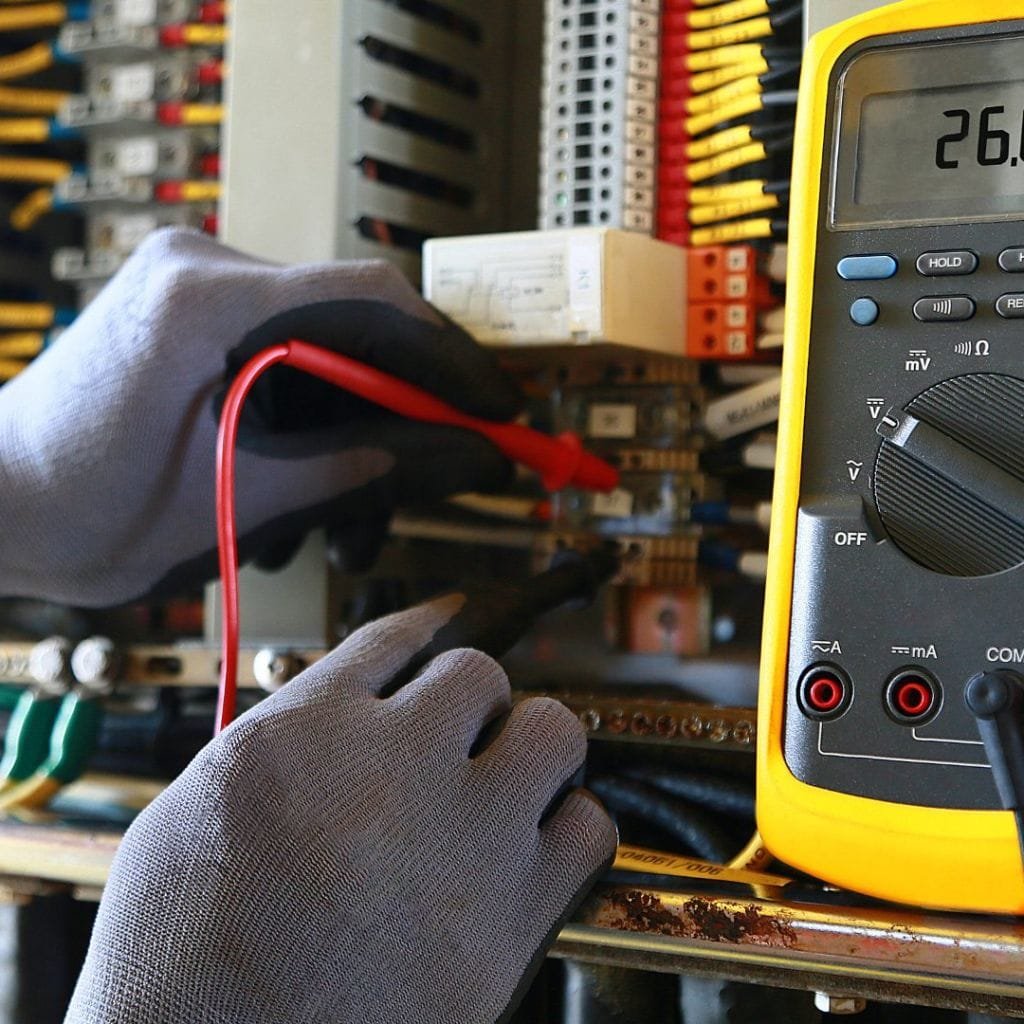
The fire risk assessment cost may vary depending on factors such as the size and complexity of the premises, as well as the specific needs of the organization.
A thorough assessment not only identifies vulnerabilities but also fosters a culture of safety among stakeholders, making it a fundamental practice for safeguarding lives and property against fire-related incidents.
Steps in Fire Risk Assessment
Fire risk assessments are systematic procedures that involve several key steps to effectively identify and manage potential fire hazards. The primary steps include identifying fire hazards, evaluating the individuals at risk, reviewing existing safety measures, documenting findings, and conducting regular reviews.
| Step | Description | Outcome |
| Identify Fire Hazards | Examine premises for potential causes | Extensive hazard list |
| Identify People at Risk | Determine who may be affected | Risk profile of individuals |
| Evaluate and Mitigate Risks | Analyze risks and implement controls | Enhanced safety measures |
| Documentation and Emergency Plan | Keep records and prepare response plans | Structured emergency response |
| Regular Review and Update | Continuously review and update evaluations | Adapted safety protocols |
For those seeking a fire risk assessment near me or specifically a fire risk assessment in London, adhering to these steps guarantees thorough evaluation and compliance.
Legal and Insurance Considerations
Compliance with fire risk assessment regulations is not only a legal obligation but also an essential factor influencing insurance premiums. Organizations that fail to adhere to these regulations risk substantial penalties and increased liability exposure.
Understanding the legal landscape is vital for effective risk management and financial stability.
Key considerations include:
- Legal Obligations: Guarantee adherence to applicable fire safety laws and regulations.
- *Insurance Premiums: *Non-compliance can lead to increased costs or denial of coverage.
- Documentation: Maintain thorough records of assessments and corrective actions.
- Regular Reviews: Conduct routine reviews to reflect changes in operations or regulations.
- Liability Protection: Implementing assessments safeguards against potential lawsuits and claims.
These elements collectively underscore the importance of fire risk assessments in reducing legal and financial risks.
Best Practices and Importance of Regular Reviews
Regularly implementing best practices in fire risk assessments enhances safety protocols and minimizes hazards.
Thorough hazard identification is imperative, including an evaluation of all potential fire risks present within the premises. Evaluating individuals at risk guarantees that vulnerable populations are adequately protected.
Effective measures must be introduced to manage identified risks, including the installation of fire alarms and emergency lighting. Maintaining detailed records is essential for tracking hazards, measures taken, and findings from reviews.
Regular reviews are vital due to potential changes in premises or safety standards, necessitating updates to emergency plans and equipment functionality. Key components, such as fire alarm and extinguisher testing, must be prioritized to secure compliance and ongoing safety assurance in dynamic environments.
Continuous Education and Tailored Solutions
While guaranteeing effective *fire safety management, *continuous education plays a pivotal role in keeping personnel informed about the latest procedures and regulations.
Regular training enhances awareness and preparedness, ultimately improving response during emergencies. Resources like FireRisk.io provide valuable training opportunities to guarantee compliance and safety.
Tailored solutions are equally essential, as each premise presents unique fire safety challenges.
Customization of fire safety measures allows for:
- Specific risk assessment based on individual premises.
- Alignment with current compliance requirements.
- Integration of unique operational procedures.
- Development of targeted emergency response plans.
- Continuous updates reflecting changes in regulations.
Together, continuous education and tailored solutions form a robust framework for effective fire safety management, safeguarding both personnel and assets.
Anticipating Regulatory Changes
Anticipating regulatory changes is vital for maintaining effective *fire safety management. Regulatory frameworks governing fire safety are frequently updated to reflect evolving standards and best practices. Organizations must proactively monitor these changes to guarantee *compliance and avoid legal repercussions.
Non-compliance can result in significant financial penalties and jeopardize safety measures, leading to increased risks. It is essential to establish a systematic approach for tracking regulatory updates, including subscribing to industry newsletters and engaging with professional organizations.
Additionally, conducting regular internal audits can help assess current practices against the latest regulations. By fostering a culture of compliance and vigilance, organizations can enhance their fire safety management protocols and protect both personnel and assets effectively.
Frequently Asked Questions
How Often Should a Fire Risk Assessment Be Conducted?
A fire risk assessment should be conducted annually, or whenever significant changes occur in premises or operations, to guarantee ongoing compliance and safety. Regular evaluations help identify new hazards and adapt existing safety measures effectively.
Who Is Responsible for Conducting a Fire Risk Assessment?
Responsibility for conducting a fire risk assessment lies with the designated ‘responsible person,’ usually a manager or safety officer. This individual guarantees compliance with legal requirements, identifies hazards, and implements necessary safety measures within the premises.
What Should I Do if I Identify a Hazard?
Upon identifying a hazard, one must document the finding, assess the risk level, and implement appropriate control measures. This includes notifying relevant personnel and regularly reviewing the hazard to guarantee ongoing safety compliance.
Are There Specific Fire Codes for Different Industries?
Yes, specific fire codes exist for various industries, tailored to address unique hazards. Compliance with these codes guarantees safety standards are met, minimizing risks and liabilities associated with fire incidents in distinct operational environments.
How Can I Train Employees on Fire Safety Effectively?
To train employees effectively on fire safety, implement structured programs that include hands-on drills, thorough training sessions, regular updates on procedures, and assessments to guarantee understanding and compliance with established safety protocols and regulations.
Conclusion
To sum up, conducting a fire risk assessment is essential for identifying hazards and implementing effective safety measures to protect individuals and property. Adhering to legal standards and considering insurance implications further enhances fire safety management. Regular reviews and continuous education foster a proactive culture, ensuring preparedness against fire incidents. By anticipating regulatory changes and tailoring solutions to specific premises, organizations can greatly reduce liabilities and enhance overall safety, contributing to a robust fire risk management strategy.


